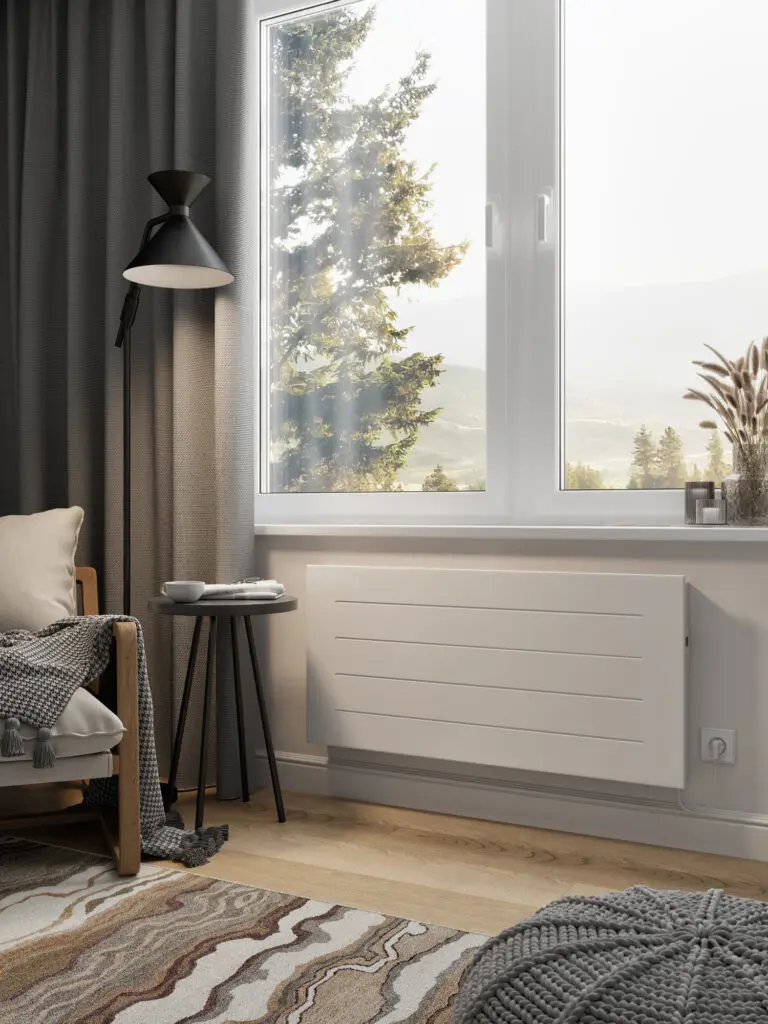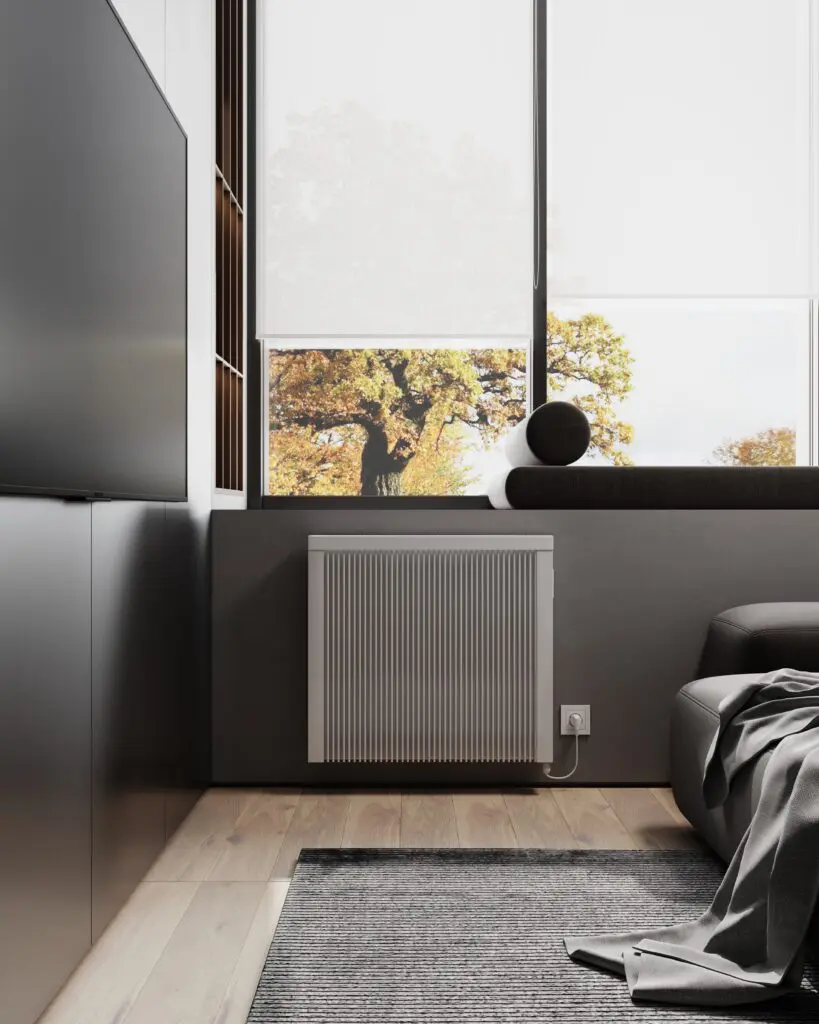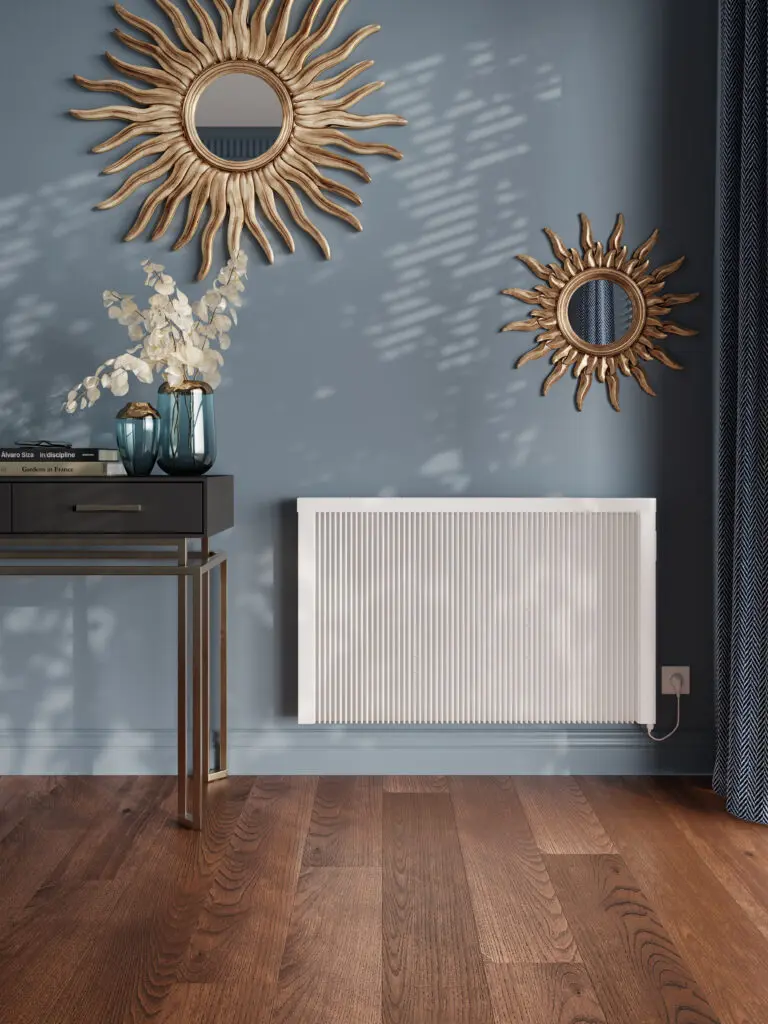Switching from Gas to Electric?
Switching from gas to electric heating is an effective way to reduce your carbon footprint now and in the future.
As the UK moves towards a greener future, the way we heat our homes is rapidly changing. Electric radiators and heating systems are emerging as a superior alternative to traditional gas central heating, offering benefits that align with environmental goals and practical household needs.
1. Cleaner and Greener
Gas central heating relies on burning fossil fuels. This process releases harmful chemicals such as carbon dioxide and nitrogen oxides, contributing to air pollution and climate change. In contrast, electric radiators can be powered by renewable energy sources, making them a much cleaner option.
As the share of renewable energy in the electricity mix increases, the carbon footprint of electricity will continue to decrease.


2. Long-Term Durability
Gas boilers have a limited lifespan, typically needing replacement every 10-15 years. This not only adds to your household expenses but also creates additional waste and environmental impact. Electric radiators, on the other hand, are designed for longevity. With fewer moving parts and no combustion involved, they are less prone to wear and tear, providing a reliable and durable heating solution for years to come.
3. Minimal Maintenance
Maintaining a gas boiler can be both time-consuming and costly. Annual servicing is essential to ensure safety and efficiency, and unexpected repairs can quickly add up. Electric radiators, however, require little to no maintenance.
Our electric radiators have a manufacturer-backed 30-year guarantee, and precise control over your electric radiators means you never have to worry about wasted energy.

Switching to electric heating is not just a decision for today—it’s an investment in the future. By choosing electric radiators, you’re opting for a cleaner, more sustainable, and hassle-free heating system that benefits both your home and the environment.
Only in the sense that 100% of electricity consumed is turned into energy. This energy doesn’t have to be heat for a product to be efficient. It could be released as anything else. Steam from an electric kettle for example; this isn’t water that ends up in your cup, but you’re still paying for it. Some electric heaters have an input that is more than their output because heat is lost in the process. So, you still pay for the energy it takes to create heat that gets lost.
With our heaters, no heat is lost. 100% of heat is effectively distributed into the room. As it retains heat for a relitaively long period of time even when not drawing electicity, this also makes it more effective and economical. Furthermore it wouldn’t be possible to rate electric products for efficiency, as is done now, if all products were the same efficiency. The most important question is how effective the product is, and that hinges on design. To use a simple example, let’s look at a steam iron. Steam irons may all be designed to do the same job, but some produce better results than others in a faster timeframe. Some are also able to produce better results than others at a lower energy intake (kilowatage). So, it makes more sense to choose a product that can perform the action you need it to in the quickest time, at the lowest kilowattage. That’s economical. Radiator design is exactly the same principal.


